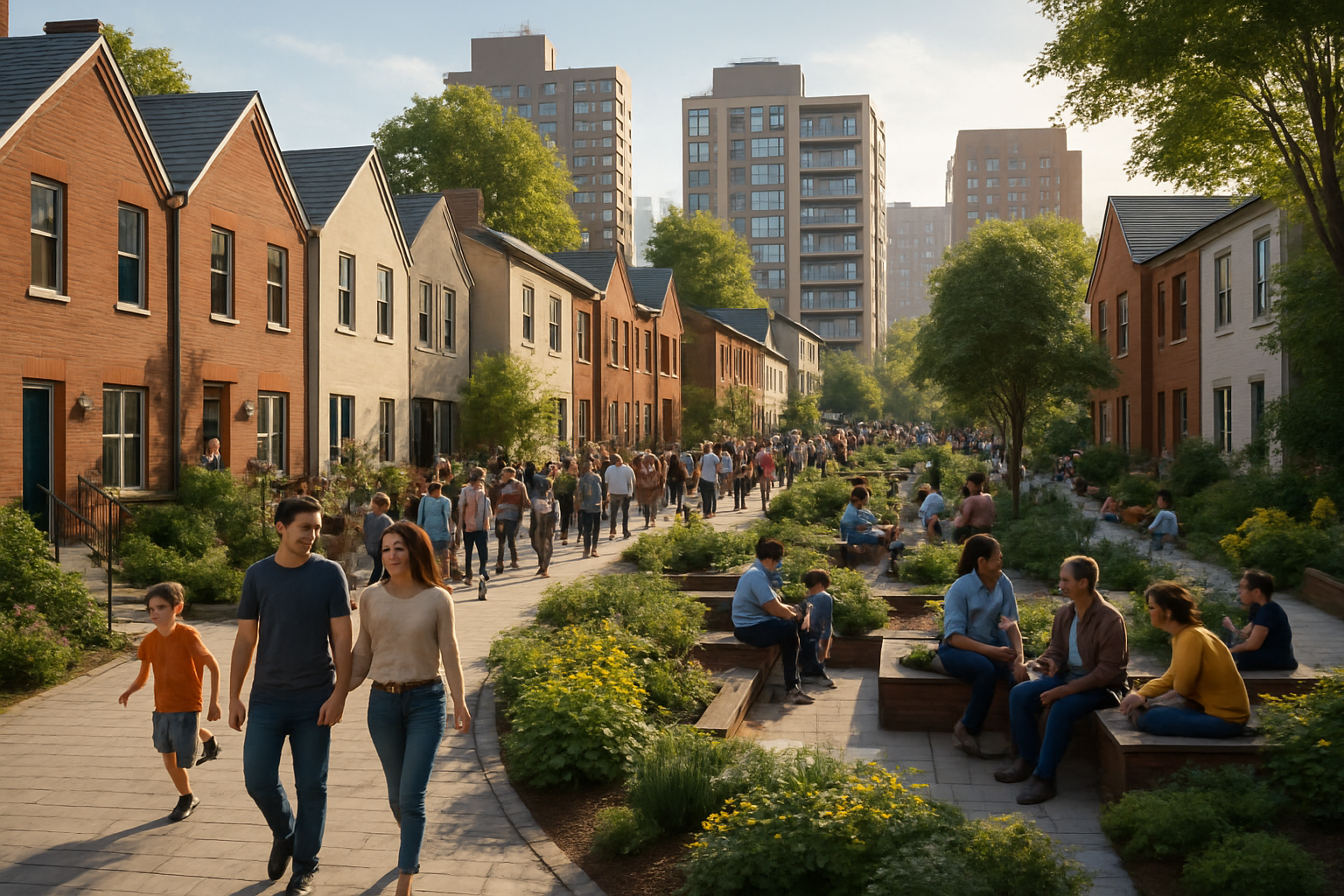Solastalgia: The Emotional Toll of Environmental Change
Introduction: In an era of rapid climate change, a new psychological phenomenon is emerging. Solastalgia, the distress caused by environmental transformations, is reshaping our emotional landscape. This concept goes beyond eco-anxiety, delving into the profound sense of loss and displacement felt as familiar environments change. Read below to explore how solastalgia is impacting society and what it means for our collective future.

The term combines solacium (comfort) and algia (pain) to encapsulate the sense of homesickness one feels while still at home. It’s a form of place-based distress, occurring when people feel their sense of place is under attack. As climate change accelerates, solastalgia is becoming increasingly relevant worldwide, affecting communities from coastal villages to urban centers.
The Psychological Impact of Environmental Change
Solastalgia manifests in various psychological symptoms, including feelings of loss, grief, and a diminished sense of belonging. Research has shown that individuals experiencing solastalgia often report increased levels of depression, anxiety, and stress. These emotional responses are particularly pronounced in communities with strong ties to their natural environment, such as indigenous populations and rural communities.
A study conducted in the Australian Hunter Valley region found that residents affected by extensive coal mining reported significant distress related to the loss of their familiar landscape. Similar findings have been observed in areas impacted by deforestation, urbanization, and climate-related disasters. The psychological toll of solastalgia extends beyond individual well-being, affecting community cohesion and cultural identity.
Solastalgia in the Global Context
While initially observed in specific localities, solastalgia is increasingly recognized as a global phenomenon. Climate change-induced events like rising sea levels, intensified natural disasters, and shifting ecosystems are triggering solastalgia on an unprecedented scale. Coastal communities facing relocation due to sea-level rise, for instance, experience profound solastalgia as they contemplate the loss of their ancestral lands.
In urban settings, rapid development and gentrification can also induce solastalgia. Long-time residents may feel a sense of alienation as familiar neighborhoods transform beyond recognition. This urban solastalgia reflects the complex interplay between environmental and social changes in modern society.
Coping Strategies and Resilience
As awareness of solastalgia grows, researchers and mental health professionals are developing strategies to address its impact. Community-based interventions that focus on strengthening social connections and fostering a sense of agency in environmental stewardship have shown promise. These approaches aim to transform the distress of solastalgia into motivation for positive action.
Environmental education programs that emphasize local ecosystems and cultural heritage can help individuals maintain a connection to their changing environment. Additionally, practices like eco-grief counseling and nature-based therapies are emerging as potential tools for managing solastalgia-related distress.
The Societal Implications of Solastalgia
The rise of solastalgia has significant implications for social policy and environmental management. It underscores the need for holistic approaches to climate change adaptation that consider not only physical infrastructure but also the psychological and cultural dimensions of environmental change.
Policymakers are beginning to recognize the importance of preserving local landscapes and cultural heritage sites as a means of mitigating solastalgia. This recognition is leading to more inclusive environmental planning processes that prioritize community well-being alongside ecological considerations.
Solastalgia and Social Movements
Solastalgia has become a rallying point for environmental and social justice movements. By articulating the emotional impact of environmental degradation, the concept has helped galvanize support for climate action and conservation efforts. Youth-led climate movements, in particular, often cite solastalgia as a motivating factor, emphasizing the personal and emotional stakes of environmental protection.
These movements are pushing for a reimagining of human-nature relationships, advocating for sustainable development practices that preserve local ecosystems and cultural landscapes. The concept of solastalgia thus serves as a bridge between personal experience and collective action, fostering a more empathetic and nuanced approach to environmental challenges.
The Future of Solastalgia Research
As the field of solastalgia research expands, new questions and areas of inquiry are emerging. Researchers are exploring the long-term psychological effects of chronic solastalgia, its impact on different demographic groups, and its relationship to other forms of environmental distress. There’s also growing interest in understanding how digital technologies and virtual environments might influence or mitigate solastalgia.
Interdisciplinary collaborations between psychologists, environmental scientists, and urban planners are yielding new insights into the complex interactions between human well-being and environmental change. These efforts aim to develop more effective interventions and support systems for individuals and communities affected by solastalgia.
Navigating a Changing World
Solastalgia represents a profound shift in how we understand the human-environment relationship in the face of global change. As we grapple with the realities of climate change and environmental degradation, acknowledging and addressing the emotional toll of these transformations becomes increasingly crucial. By recognizing solastalgia, we open up new avenues for healing, resilience, and collective action in the face of unprecedented environmental challenges.
The concept of solastalgia offers a powerful lens through which to view the interconnectedness of human and environmental well-being. As we move forward, integrating this understanding into our approach to environmental management, urban planning, and mental health care will be essential. In doing so, we may find new ways to cultivate resilience, foster connection, and build a more sustainable and emotionally rich relationship with our changing world.





